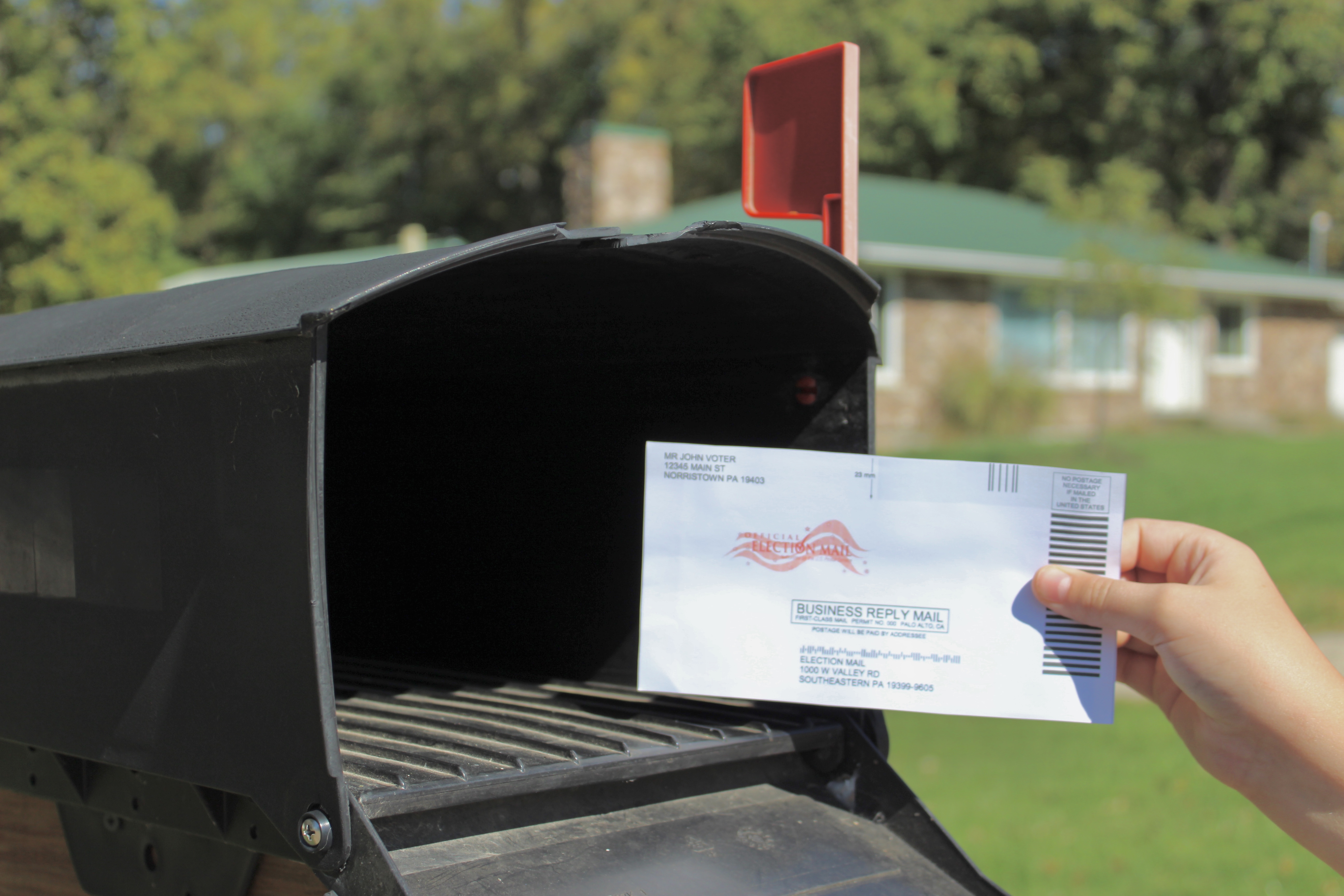October 2020 Volume 8, Issue 1
Opinion: Mail-in Ballots: Misunderstood

With the 2020 election rapidly approaching, voting by mail is a great option for those who cannot or will not be able to make it to the polls.
In light of the Covid-19 pandemic, people have, understandably, been concerned about safe ways to vote while still practicing social distancing and safety precautions.
Mail-in ballots, often confused to be the same as absentee ballots, have sparked political debates and are an ongoing discussion of whether they are a safe and effective way to vote.
According to a survey of 75 people within Sauk Valley Community College, 61% of voters believe mail-in ballots are vulnerable to fraud. Amongst those 75 surveyed, 16% said they are using mail-in ballots for this election, while 13% said they would prefer to use mail-in ballots going forward.
Studies have shown that, in general, voting fraud is quite rare in the United States. With that being said, mail-in ballots are slightly more susceptible to fraudulent behavior.
A study by the National Vote at Home Institute, and the MIT Election Data and Science Lab, found that over the last 20 years, more than 250-million votes have been cast by mail-in ballots. In that time, there have only been 143 criminal convictions for fraudulent behavior related to absentee ballots. “That averages out to about one case per state every six or seven years, or a fraud rate of 0.00006%,” stated Amber McReynolds, CEO of the National Vote at Home Institute, and Charles Stewart III the director of the MIT Election Data and Science Lab.
Voters can often become misinformed on political topics. Since mail-in ballots are such a back and forth topic between the Democratic and Republican parties it can be hard to sort out what information is right and wrong or fact and opinion. The main controversy between the parties regarding mail-in ballots is whether they should be sent to every voter whereas absentee ballots are requested by voters.
Some people believe that if ballots are sent to every voter, there could be a potential for fraud if the registered voter has not updated their address and the ballot gets sent to their previous address. There is a risk for fraud in this case but there are precautions set in place for these ballots.
According to Lori Augino, Washington’s Director of Elections, “Every single signature on every single ballot that is returned to a county election official is checked against the signature on file in a voter’s registration record. This enables officials to do to two things: (1) ensure the ballot was returned by an eligible voter, and (2) if the signature on the ballot envelope does not match the signature on file, it gives the voter a chance to either update their record or alert election officials that the ballot returned may be fraudulent.”
Yes, mail-in ballots are slightly more susceptible to fraud than in-person voting; however, the risk of a fraudulent vote is a fraction of a percentage.
If voters want to avoid the risk of being exposed to the Covid-19 pandemic, cast their vote early, or avoid lines at voting booths, there is little to no harm in casting a vote by requesting an absentee ballot or receiving an official mail-in ballot.
